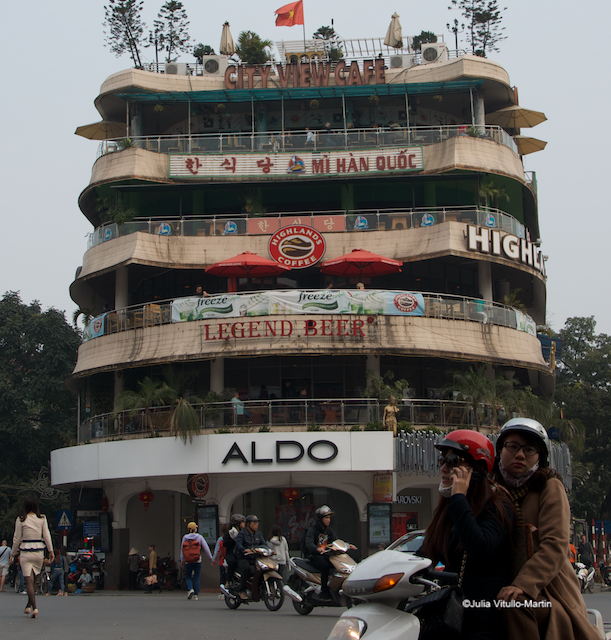
Can Hanoi, an ancient royal capital that has been invaded and ruled by conquerors repeatedly over the centuries, find peace and prosperity as a world city at the start of its new millennium?
It is in many ways the ideal 21st century city—eminently walkable, friendly, entertaining, hip, young, tolerant, and inexpensive. Its old neighborhoods are a Jane-Jacobs triumph of mixed-use economic dynamism and eyes-on-the-street for safety. Retail, restaurants, and business services squeeze into the narrow ground-floor street fronts while residents live in the wildly assorted houses above.
Except for a few hours between midnight and dawn, Hanoians seem constantly on the move—eating, drinking, making things, selling things, playing badminton and chess, laughing, talking, hustling—pretty much all in the same space.
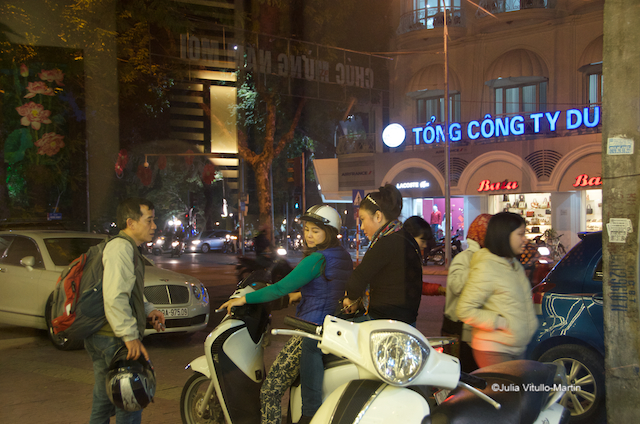
The constant motion means the traffic is crazy, but that’s due to the many motorbikes, scooters, and cyclos, not cars. With no stop or yield signs and traffic lights only on a few major thoroughfares, the few cars seem to move slowly (with the exception of the arterials) while everything else races by.
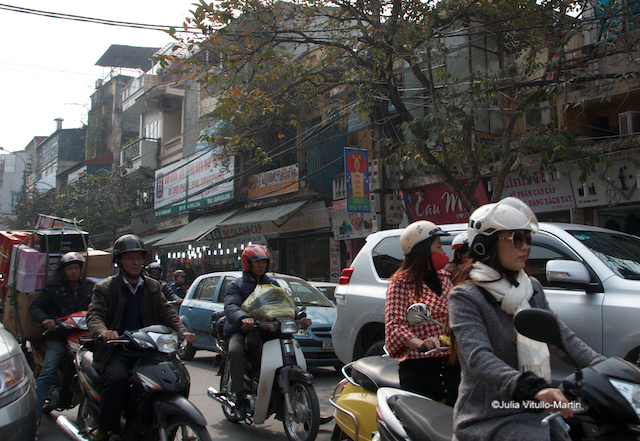
Yet the craziness is tempered by the charm of the Vietnamese, who slalom gracefully around you to let you make it across. Just as pigeons never seem to get hit on the streets of New York, Westerners seem to emerge mostly unscathed from the streets of Hanoi.
Heritage and Preservation
The chaos is also tempered by the fine planning bones imposed by the French in the mid-19th century. As journalist Mark Byrnes points out, the French tried to contain Hanoi’s “disorderly urbanism within newly established tree-lined boulevards and public squares,” which let Hanoi maintain its dynamic identity while establishing easily navigable and efficient paths to different neighborhoods. To a remarkable degree, the Vietnamese have kept the French elements, and simply made them their own. Or, as Byrnes says, “Although the locals are glad to have the French gone, there was little ‘de-Frenchification’ of Hanoi after their departure.” (And, of course, the “departure” was especially harrowing, coming as it did via the French defeat in 1954 at the Bataille de Diên Biên Phu.)
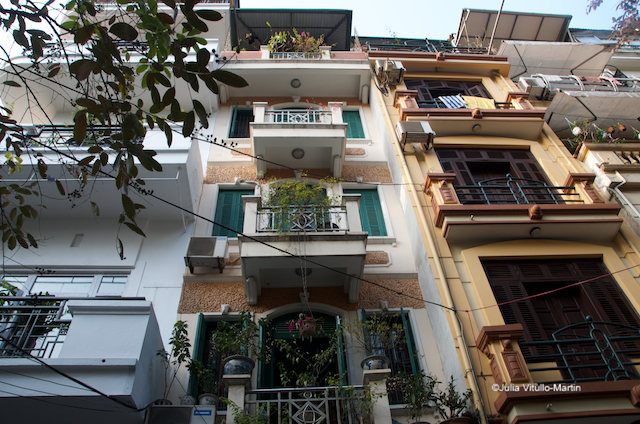
There was, however, a downside to France’s effort to turn Hanoi into the “Paris of Tonkin,” writes Diane E. Davis, as ancient pagodas and local homes were demolished to make way for city hall, a central post office, and the College du Protectorat, all institutions embodying colonial power. Shockingly to a modern sensibility, the Bao Thien Pagoda, built under Ly Dynasty (1009-1225), was replaced by the Cathedral Saint-Joseph in 1887.
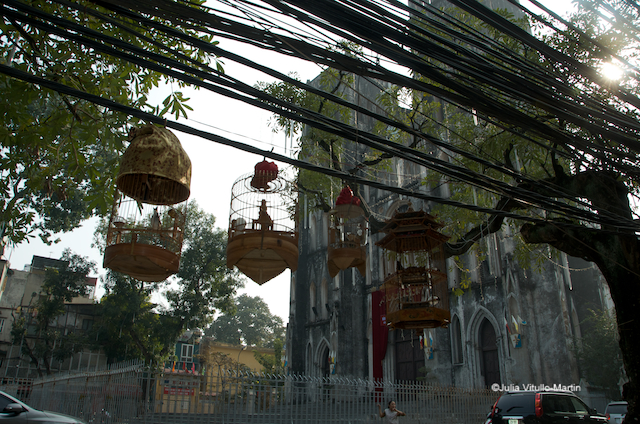
Hanoi still has over 1,000 historical buildings standing, including some 579 communal houses, 676 pagodas, and 261 temples spread around the city, says historian Văn Ký Nguyễn. And even though, as William Logan notes, Hanoi has few (perhaps no) great individual monuments, it does have a distinctive sense of place, which it is holding onto, even as so many Asian cities are obliterating their pasts in order to redevelop themselves as Western-style advanced cities.
Hanoi’s way of holding onto its heritage is done in its own terms, very different from Western-style preservation. While the Venice Charter of 1964 emphasizes the authenticity of the physical fabric, mandating that any new materials must be clearly distinguishable from the old, Hanoi repairs, rebuilds, and adds on using the most economical materials at hand and responding to market demands. Almost nothing is restored according to Western principles of preservation purity. Instead, Hanoi is full of fabulous, exuberant streetscapes.
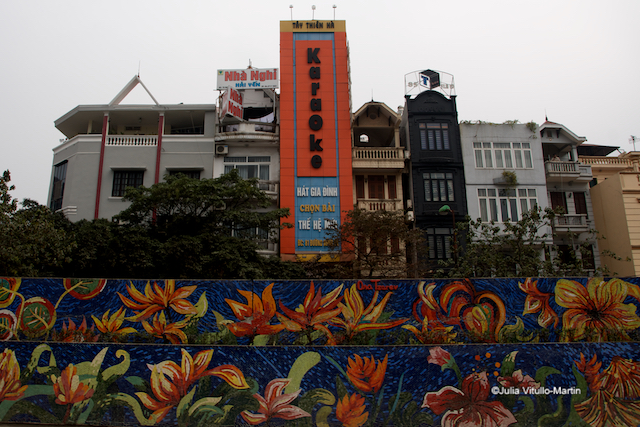
Old Art and New
The relatively late arrival of tourist masses meant that good antiquities were prevalent until very recently, says Mark Rapoport, co-founder of 54 Traditions, Vietnam’s only gallery focusing on the antiques, artifacts, and art of the 53 minority groups and the Kinh majority. Housing what is probably the world’s largest collection of Vietnamese ethnic minority art, the gallery’s approach is anthropological, emphasizing knowledge of an object’s origin, ownership, and use.
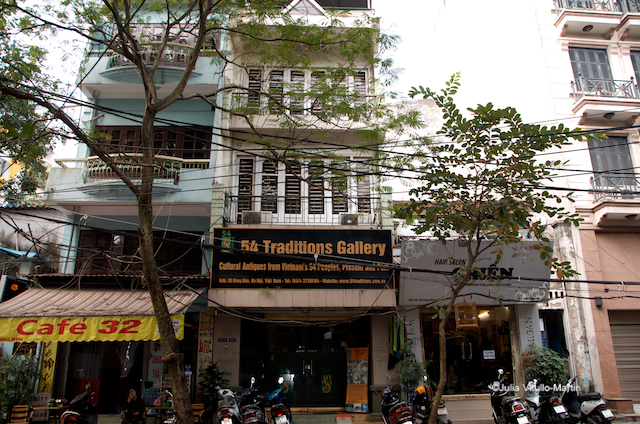
Vietnamese contemporary art has been “gaining international recognition,” says the New York Times, which recommends the Art Vietnam Gallery as an “essential first stop” for painting and sculpture. Art director Suzanne Lecht, who has been working with Vietnamese artists since she moved to Hanoi in January 1994, sees art as a bridge of reconciliation, a concept that’s often close at hand in Hanoi.
Both galleries provide excellent, detailed tours.
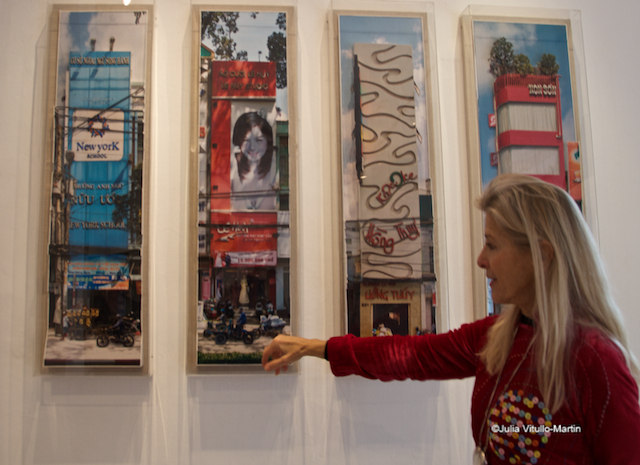
April 30, a public holiday, is Reunification Day (although Vietnam’s official reunion occur on July 2, 1976) or Liberation Day. It is also known historically as the Fall of Saigon.
Next, read about 5 Architectural Holdout Houses Around the World That Stood in the Way of Development
Julia Vitullo-Martin is a senior fellow at the Regional Plan Association. Get in touch with her via @JuliaManhattan.





